Best Sustainable Kitchen Products
Functionality is just as important as sustainability. Because if a sustainable product is not functional, then you’re not going to use it.
In our opinion, all products mentioned in this article are just as functional (if not more so) than their non-sustainable counterparts.
Get ready to increase the efficiency of your kitchen, lower your carbon footprint, improve aesthetics, and save money (it pays to be sustainable)!
1. Grocery Bags
Do you know where plastic grocery bags fail? They fail at carrying groceries.
Plastic grocery bags tear. They require too many trips to and from the car. They spill out in the trunk. They fill your home with plastic clutter. They are bad for the environment. Plastic grocery bags are a pain.
Grocery Box Bags
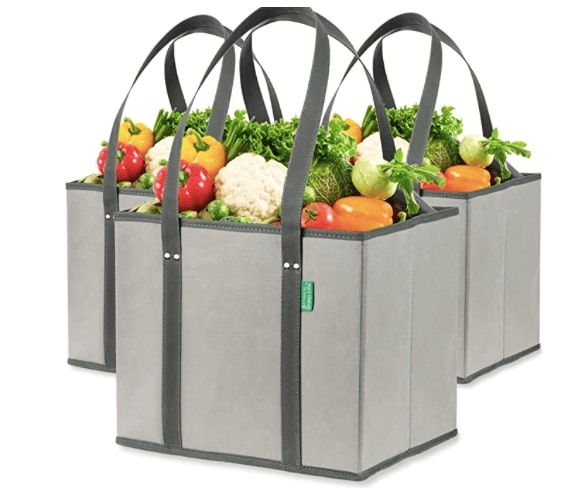
Instead, try a grocery box bag. These bags have reinforced sides making them sturdy and easy to carry. Instead of 15 grocery bags, you probably only need 2 reinforced totes.
Grocery Box Bags make grocery shopping better. Buy them for the sake of efficiency and practicality. At this point, saving the environment is a bonus.
2. Produce Bags
Plastic produce bags do not make sense. They don’t breathe. They cause condensation to collect on your veggies which makes them go bad faster. They are too thin to be reused. They tear. Plastic produce bags are a waste of plastic.
Cotton Produce Bags
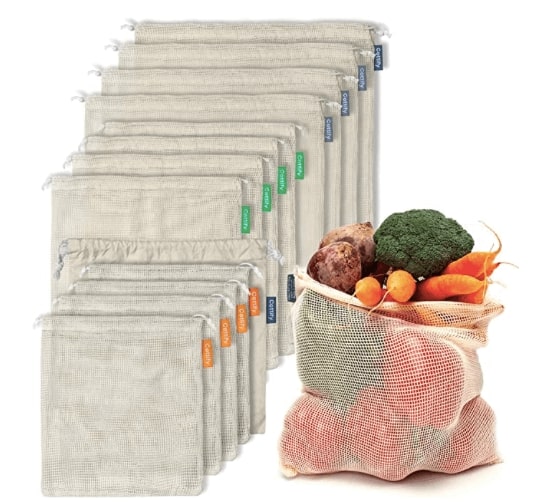
Try a produce bag made from cotton or mesh. A produce bag with good ventilation keeps your produce fresh for longer.
What’s more, reusable produce bags are convenient to use. They are large. They don’t tear. They have a draw-string to keep them close. And they’re machine washable so you don’t have to worry about a bag getting dirty.
Cotton produce bags make grocery shopping easier (and more sustainable).
3. Ziploc Bags
Ziploc bags are handy. So much so that our sandwich bag usage can become excessive if we’re not careful.
A great way to reduce Ziploc waste is simply to reuse. (How many clean, barely used baggies have you thrown away?)
Grab a gallon sized Ziploc to store your barely used baggies. On many non-food occasions, used Ziploc bags work just fine.
Silicone Zip Lock Bags
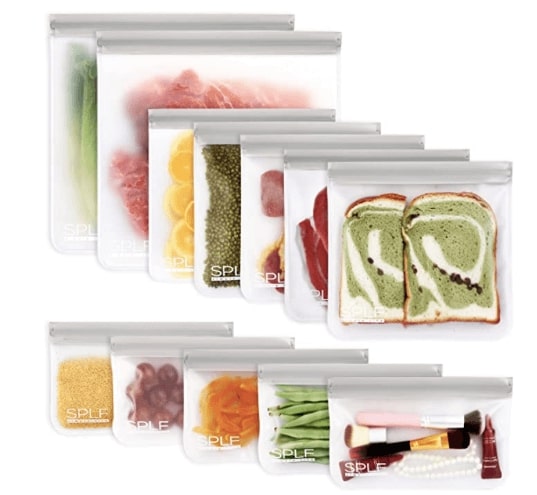
Replace plastic baggies with Silicone Zip Lock Bags. These dishwasher safe bags are great for storing leftovers, packing snacks, and performing all other plastic-bag tasks.
Silicone bags are a practical way to cut down on your plastic usage.
4. Tinfoil
Tinfoil has its place, but it’s not for covering a baking sheet.
Tinfoil tears. If you’re using tinfoil to keep your baking sheet clean, then you’re setting yourself up for frustration. Moreover, tinfoil is not a nonstick surface. You and your baking sheet deserve a greener, more efficient solution…
SilPat
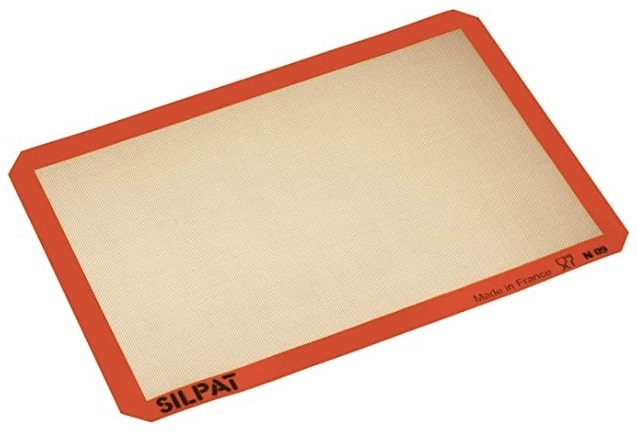
Cover your baking sheet with a SilPat. This reusable, nonstick surface will improve the efficiency of your kitchen. They are dishwasher safe making for easy clean up. And all of the chefs use these on their cooking shows, so we know they work.
Reduce your tinfoil consumption with a SilPat.
5. Saran Wrap
Saran wrap makes for temperamental food storage. It’s difficult to cut it to size. It leaks. It can only be used one or two times. And it’s made of plastic.
Remove saran wrap from your list of “things that cause me unnecessary frustration,” and hook your kitchen up with these effective, sustainable storage options.
Silicone Lids

Silicone lids are great for covering cups, bowls, and tin cans. They have a better seal than saran wrap, keeping your food fresh for longer.
6. Plastic Tupperware
They say plastic tupperware is dishwasher safe. They say plastic tupperware is microwave safe. But plastic is plastic, and plastic wears out from exposure to high heat.
Plastic tupperware warps, it grows brittle, and above all, it stains. Store spaghetti in your plastic tupperware one time and its pink for life.
Glass Tupperware
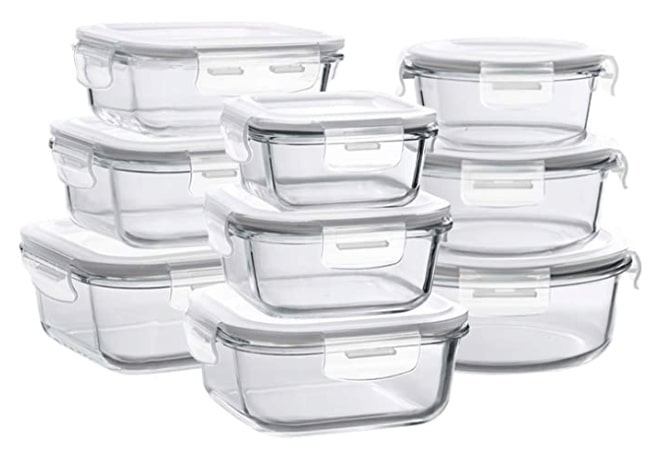
Glass tupperware can handle high-heat foods, it’s microwave safe, it doesn’t get worn out in the dishwasher, it’s aesthetically pleasing, and it stays clean.
Donate your worn out plastic tupperware and get some glass. Because leftovers look tastier in glass tupperware.
7. Plastic Mixing Bowls
Mixing bowls need to be microwave safe, dishwasher safe, and fridge and freezer safe. They need to tolerate high-speed hand mixers and cookie scoopers scraping against the sides.
Plastic cannot handle extreme temperatures or metal utensils scrapping against it. A plastic mixing bowl will inevitably scratch, crack and chip. Go take a closer look at your plastic mixing bowls. If you use a plastic mixing bowl long enough, you can’t not get plastic in your food.
Glass Mixing Bowls

A Glass Mixing Bowl is a satisfying pieces of cooking equipment. Glass has a myriad of benefits in the kitchen (dishwasher safe, high heat, no chipping). And the lid allows them to function as handy food storage. If your mixing bowls are not made of glass (and if they do n, invest in a set of glass mixing bowls.
8. Paper Towels
When you wash your hands in the bathroom, you dry your hands with a towel. When you wash your hands in the kitchen, you dry your hands with a paper towel?
Let’s get a hand towel in the kitchen and cut down on the amount of paper going in the trash.
9. Plastic Spatulas
Take a look at your plastic spatula. Is the edge flaking? Do you have a melt spot on the bottom because you left it resting on a hot pan? Plastic spatulas are gross. They bend. They flake! (Plastic for your food?) Plastic is not meant for high-temperature cooking.
Why do we use plastic spatulas? They are needed for non-stick pans. This whole setup is a pain. Non-stick surfaces are easily scratched. They flake. You can’t spontaneously cook with silverware. All of your cooking utensils must be plastic?
Metal Spatulas and Cast Iron Pans
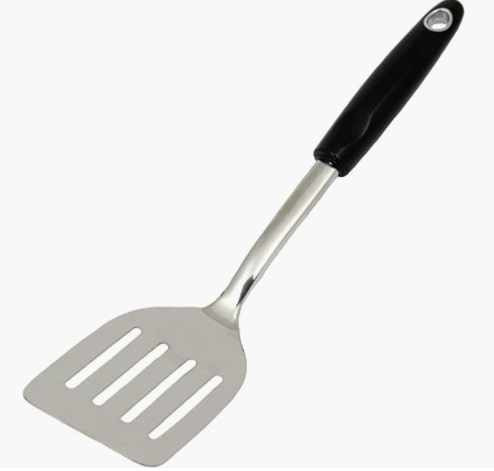
Metal Spatulas are flat out better. They have a thin, hard edge making it easier to slide under food. (If you’ve struggled making a fried egg, it’s probably because you aren’t using a metal spatula.) Metal spatulas don’t bend. Go ahead and scrape that spatula against the bottom of your cast iron. Metal Spatulas are essential for effective cooking. And food tastes better off a cast iron.
10. Packaged food
If you want to do your body and the environment a favor, eat less packaged food. The ingredients are low quality. The packaging ends up in landfills. And the “food” is full of sugar. Even the bars that are advertised as healthy are loaded with sugar.
If you’re craving a snack, go for fruit, nuts, or seeds. Check out our Neutral Eating food recommendations, here.
Stop dieting! Start Neutral Eating.
Why diet? Eating bland, low-calorie food leaves a lot to be desired, and always feeling hungry is not a sustainable lifestyle.
Here’s what we have found to be true:
- Flavorful, high-calorie food can be healthy.
- You can eat until you’re full and stay lean.
- You can enjoy food and support your body at the same time.
Neutral Eating is a practical means to eating healthy. It is not a diet. There is no “eat this” or “don’t eat that.”
Rather, Neutral Eating offers basic food-logic to influence the food we want to eat.
Take 5 minutes to read “What is Neutral Eating?” See if you can resonate with the simple information backing these claims.
Because enjoying flavorful, satisfying food and staying healthy could be as simple as reading this one page.
Here is everything you need to know about eating healthy – What is Neutral Eating?
Up Next: Best Kitchen Gadgets & Cookware
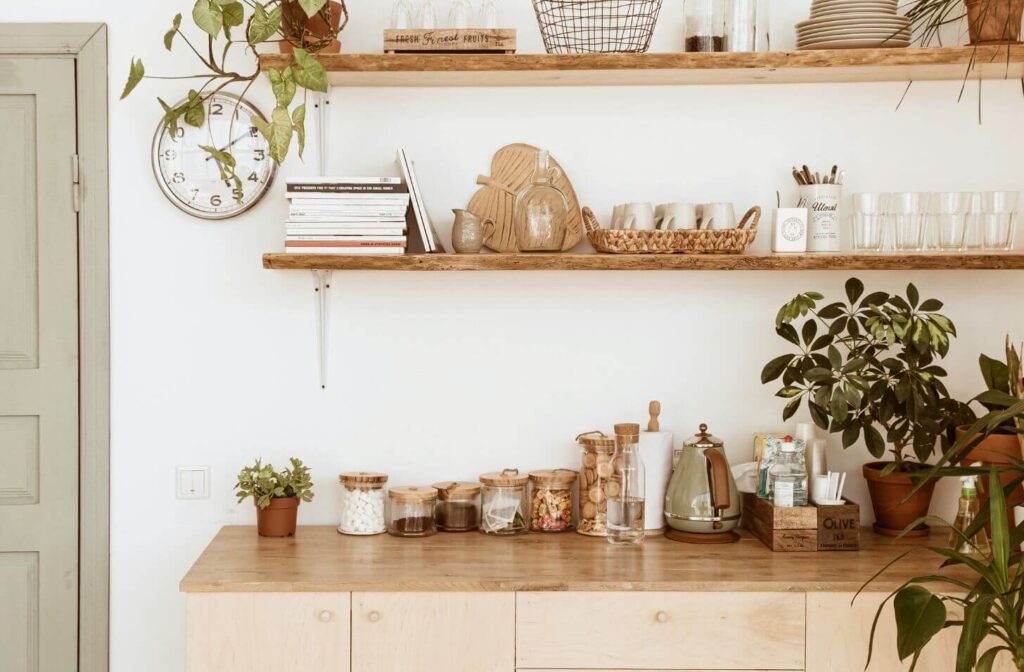

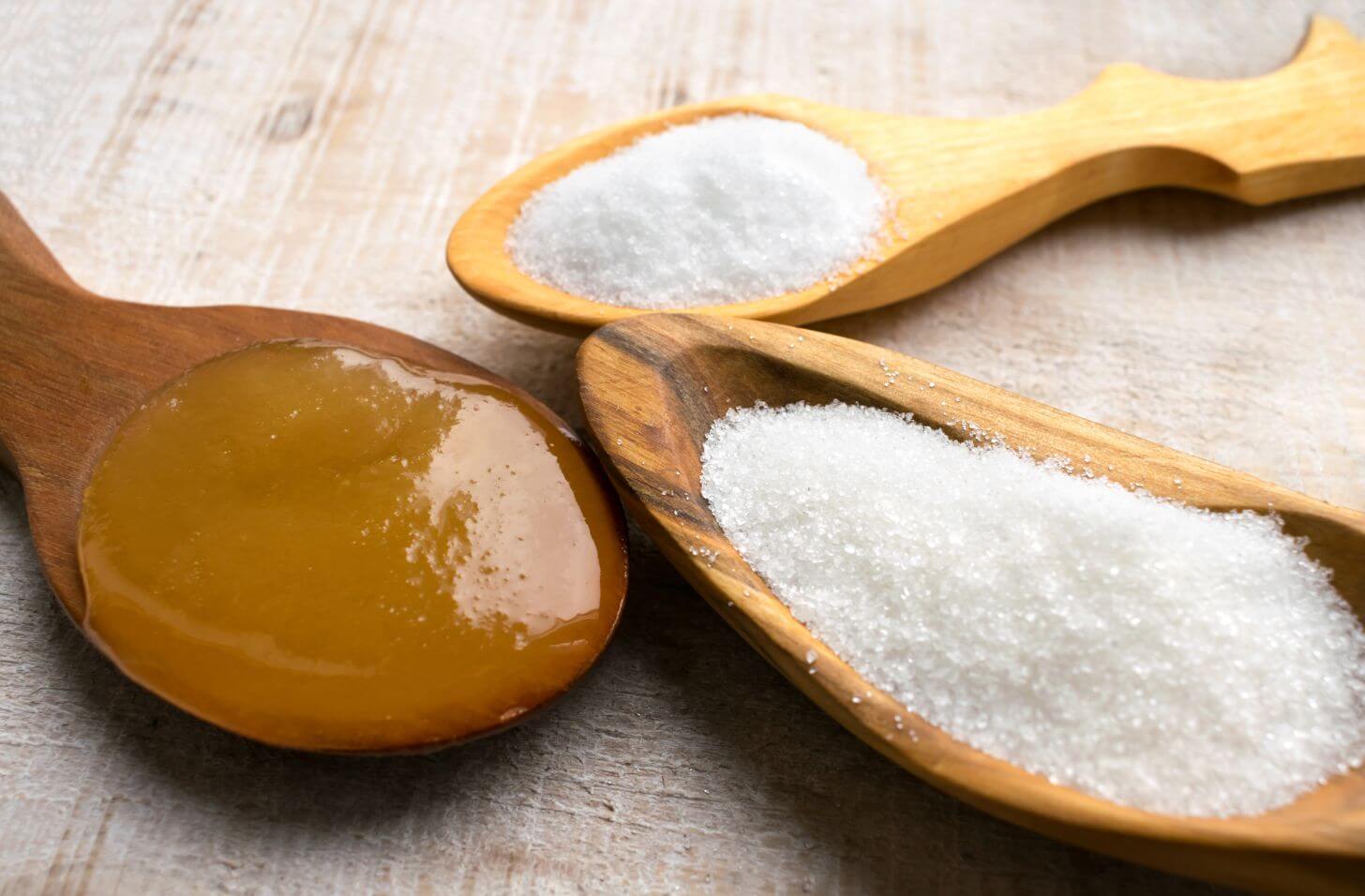
5 Comments